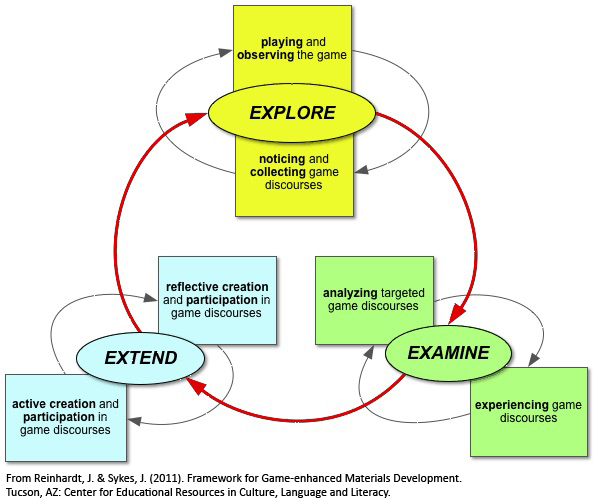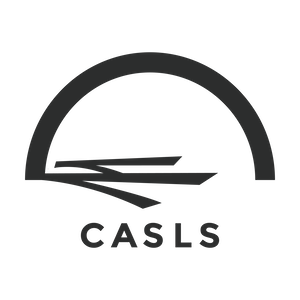View Content #20366
| Contentid | 20366 |
|---|---|
| Content Type | 3 |
| Title | A Literacies-based Approach to Digital Games |
| Body | (adapted from Sykes and Reinhardt, 2014, Digital Games Manual and Reinhardt and Sykes, 2011). For a full copy of the associated manual and white paper see: https://games2teach.uoregon.edu/publications/ In an attempt to provide tools to incorporate commercial games in language classrooms, Reinhardt and Sykes (2011) propose a literacy-based approach to digital games. In doing so, they focus on two key questions:
One approach is incorporating a variety of associated games discourses, to include: Embedded discourse: the language about the fictional world and the game rules that are in the game before it is played. Interaction with the game results in exposure to these discourses.
Emergent discourse: the language that comes out of playing the game with other players, or in a recall activity (like a gameplay journal). This emerges from interaction through or around the game.
Attendant discourse: the language used outside of gameplay, about game strategies or tactics, or extended narratives, as in fan fiction.
Traditional language activities based on the embedded discourses of the game
Interaction activities based on emergent discourses
Narrative activities requiring integration of designed (embedded) and personal (emergent) narratives.
Expansion activities as attendant discourses
Reference Reinhardt, J. & Sykes, J. (2011). Framework for Game‐enhanced Materials Development. Tucson, AZ: Center for Educational Resources in Culture, Language and Literacy. |
| Source | CASLS Topic of the Week |
| Inputdate | 2015-11-15 21:05:14 |
| Lastmodifieddate | 2015-11-16 03:30:58 |
| Expdate | Not set |
| Publishdate | 2015-11-16 02:15:01 |
| Displaydate | 2015-11-16 00:00:00 |
| Active | 1 |
| Emailed | 1 |
| Isarchived | 0 |
 Reinhardt and Sykes (2011) propose activity ideas related to each of these areas and frame these activities using the model in Figure 1. This week’s
Reinhardt and Sykes (2011) propose activity ideas related to each of these areas and frame these activities using the model in Figure 1. This week’s 